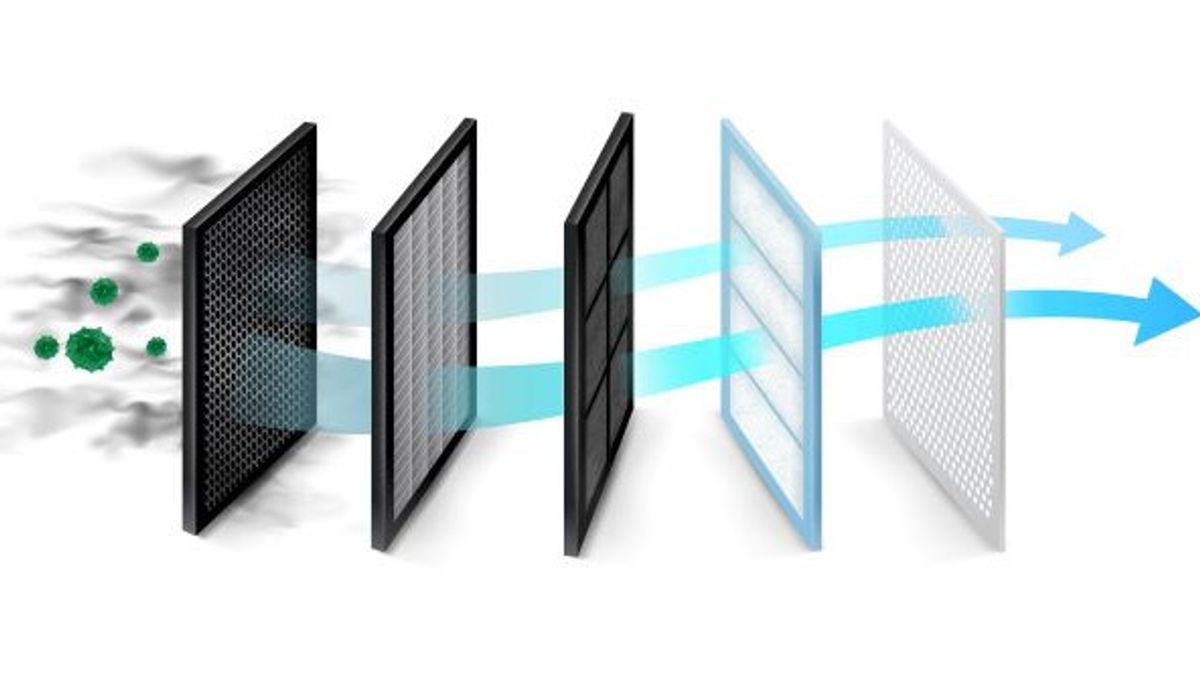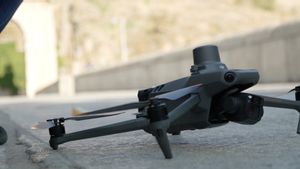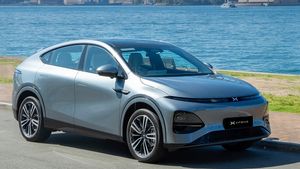YOGYAKARTA - The air cleaning promise is indeed interesting: A tool designed to clean air in your home, remove all dirt including smell, smoke, dust, and pet hair. Given the fact that indoor air can have a certain pollutant level up to five times higher than the outside air. This time We will discuss how the hydrophyer works.
Air purification can indeed neutralize some of the threats posed by air pollution and indoor activities. But in reality, not all air cleaners fulfill their marketing hype.
Air clarity usually consists of filters, or some filters, and fans that suck and drain air. When air moves through filters, pollutants and particles are captured, and clean air is pushed back into the living room.
Usually, filters are made of paper, fiber (usually fiberglass), or nets, and need to be replaced regularly to maintain efficiency.
How often you have to change filters
When asked how often the answer varies according to the type and use of the purification. Some filters can be reused and washed, but require careful care, so you usually don't find them in the most effective air cleaners.
Reusable filters are generally good at removing particles that are larger than air, such as dust mites and filter powder.
You will also find UV filters (ultraviolet strings) in the market, which are often claimed to destroy biological impurities such as fungi or bacteria, but many require higher watts and greater exposure to be effective (not to mention some UV-resistant bacteria).
This means that in addition to the purchase price of air cleaners, you must also consider operating costs and filter replacement costs. Operational costs can easily reach 50 US dollars per year, because you have to run air cleaning almost continuously for profit. Substitute filters can reach 100 US dollars (Rp 1.5 million) per year.
Some air cleaners use ionizing to help pull particles like static - negative ions tied to dust and allergens and make them settle in the air.
If you are interested in buying air cleaners that use ionizers, make sure it doesn't produce a dangerous ozone level (gas consisting of three oxygen atoms that are often marketed to help unravel pollutants), because ozone can become your lungs. irritate and worsen asthma.
Usually air purifiers with ozone have those listed on packaging or in marketing descriptions. Currently, our recommendations to additional testing and stronger industry standards are for people with plasma/ionization units to use their machines with such a function turned off.
This is due to the fact that there are potential unknown dangerous consequences, coupled with the use of additional energy and increased purification that can be neglected or not at all.
So after knowing how the air purifier works, see other interesting news on VOI, it's time to revolutionize news!
The English, Chinese, Japanese, Arabic, and French versions are automatically generated by the AI. So there may still be inaccuracies in translating, please always see Indonesian as our main language. (system supported by DigitalSiber.id)













